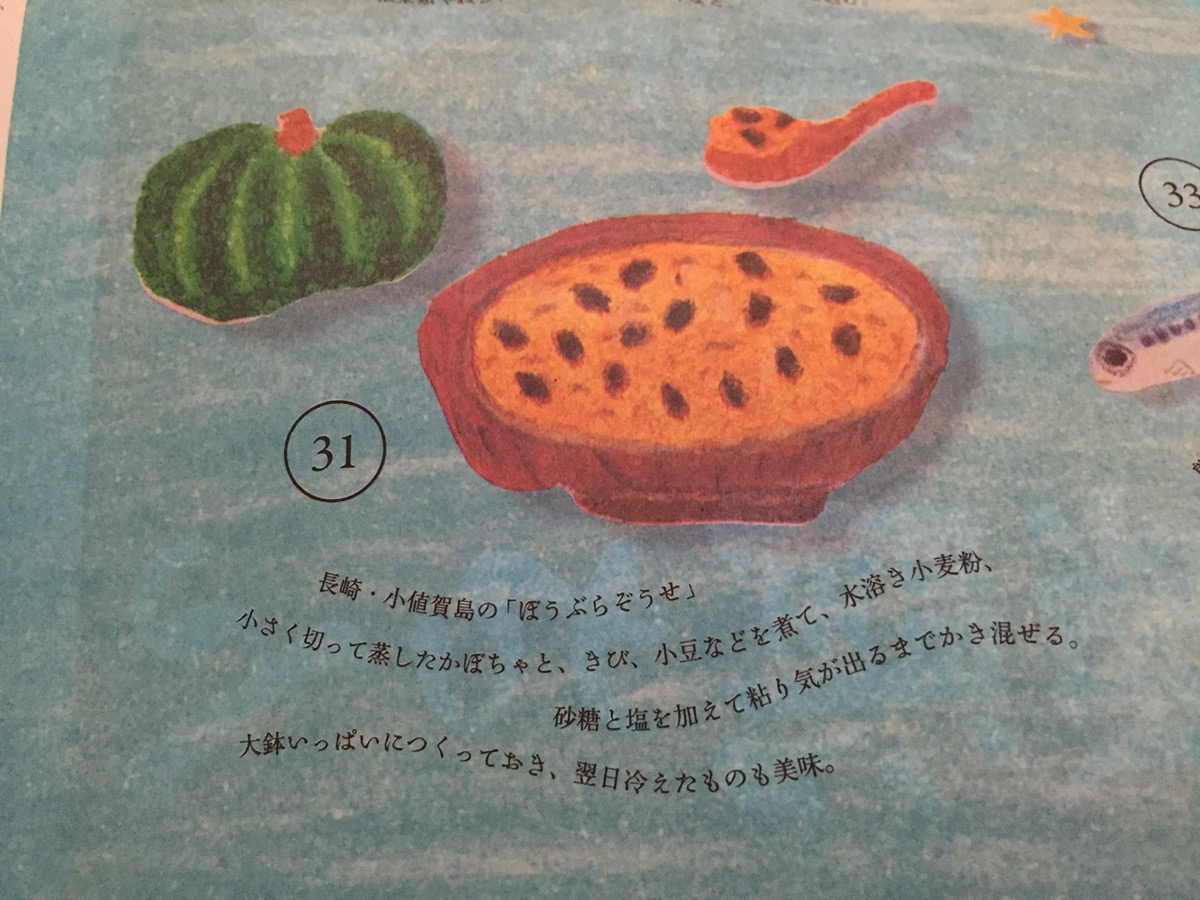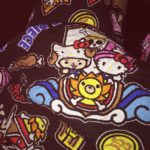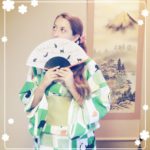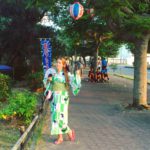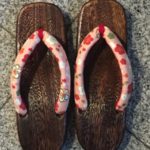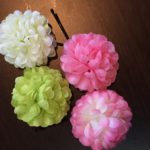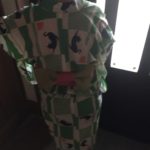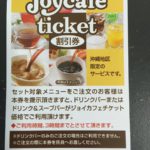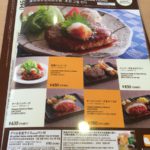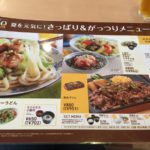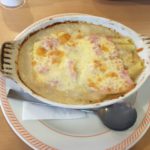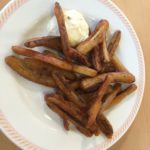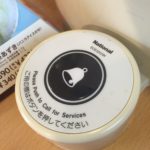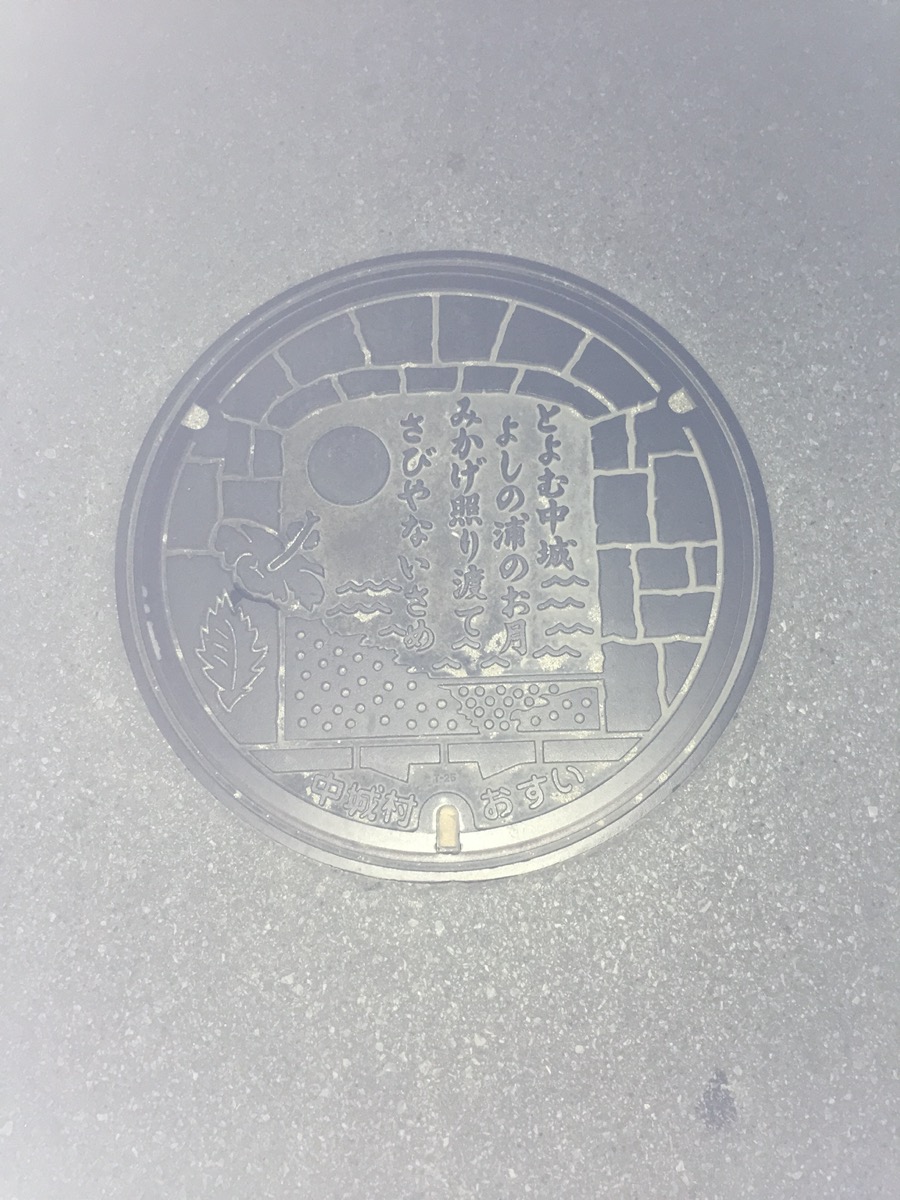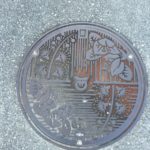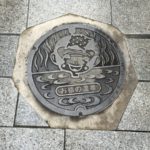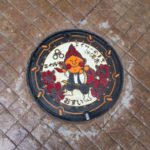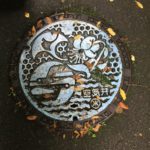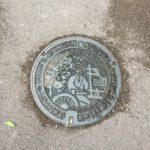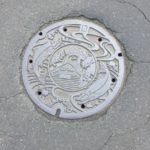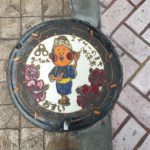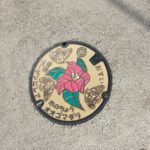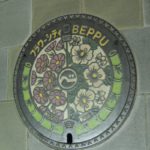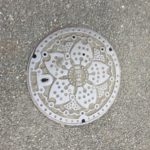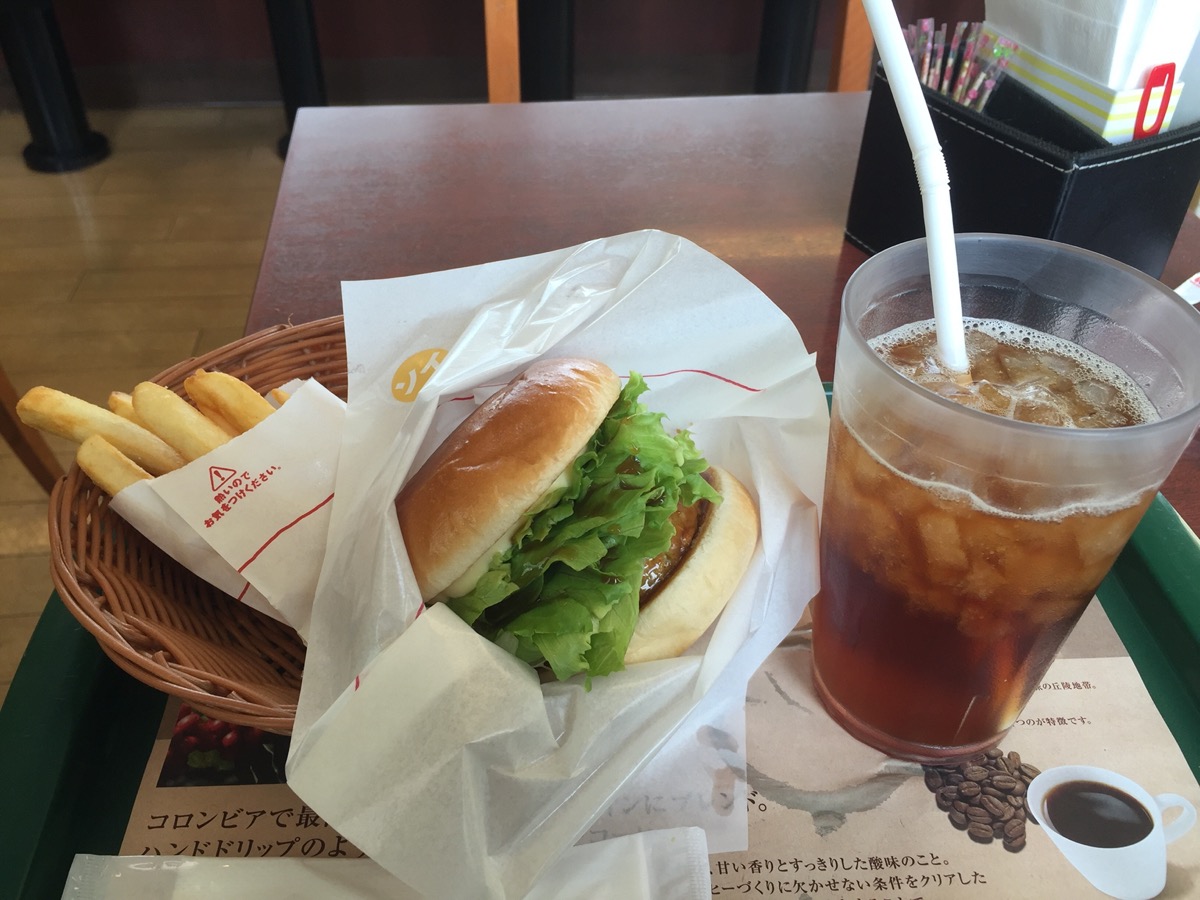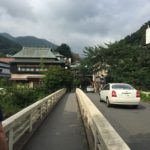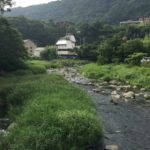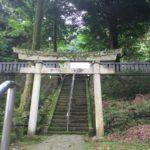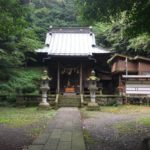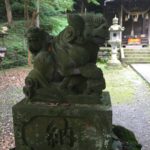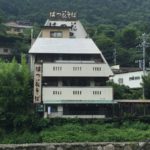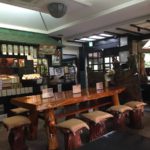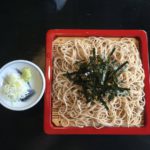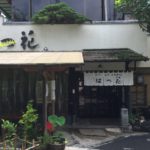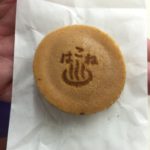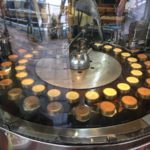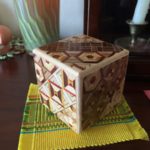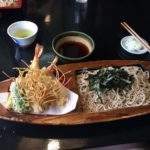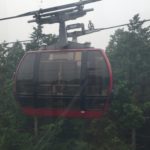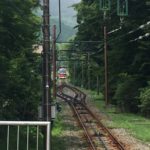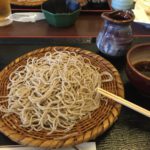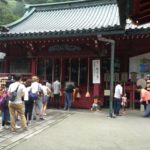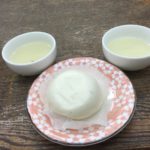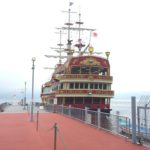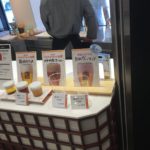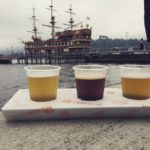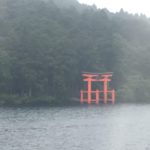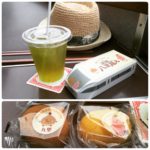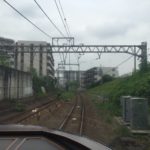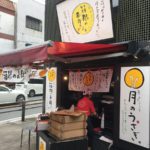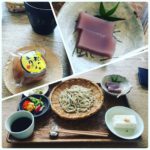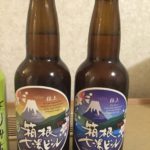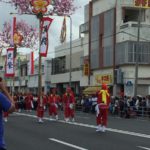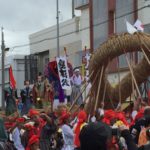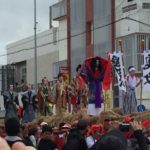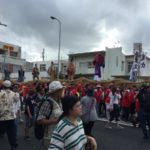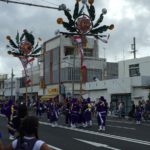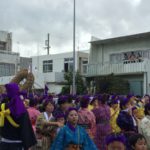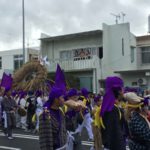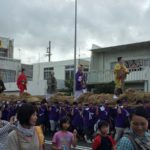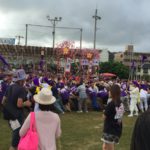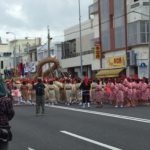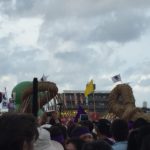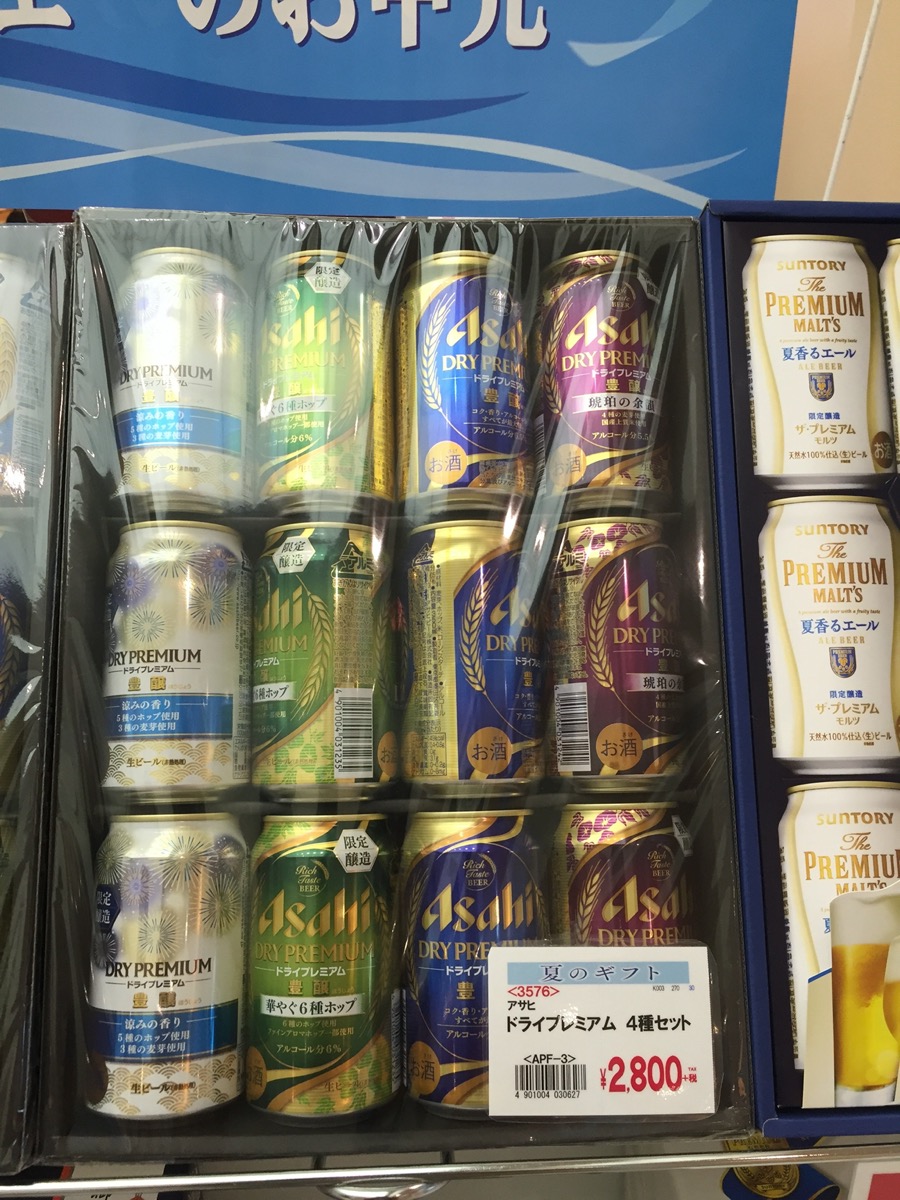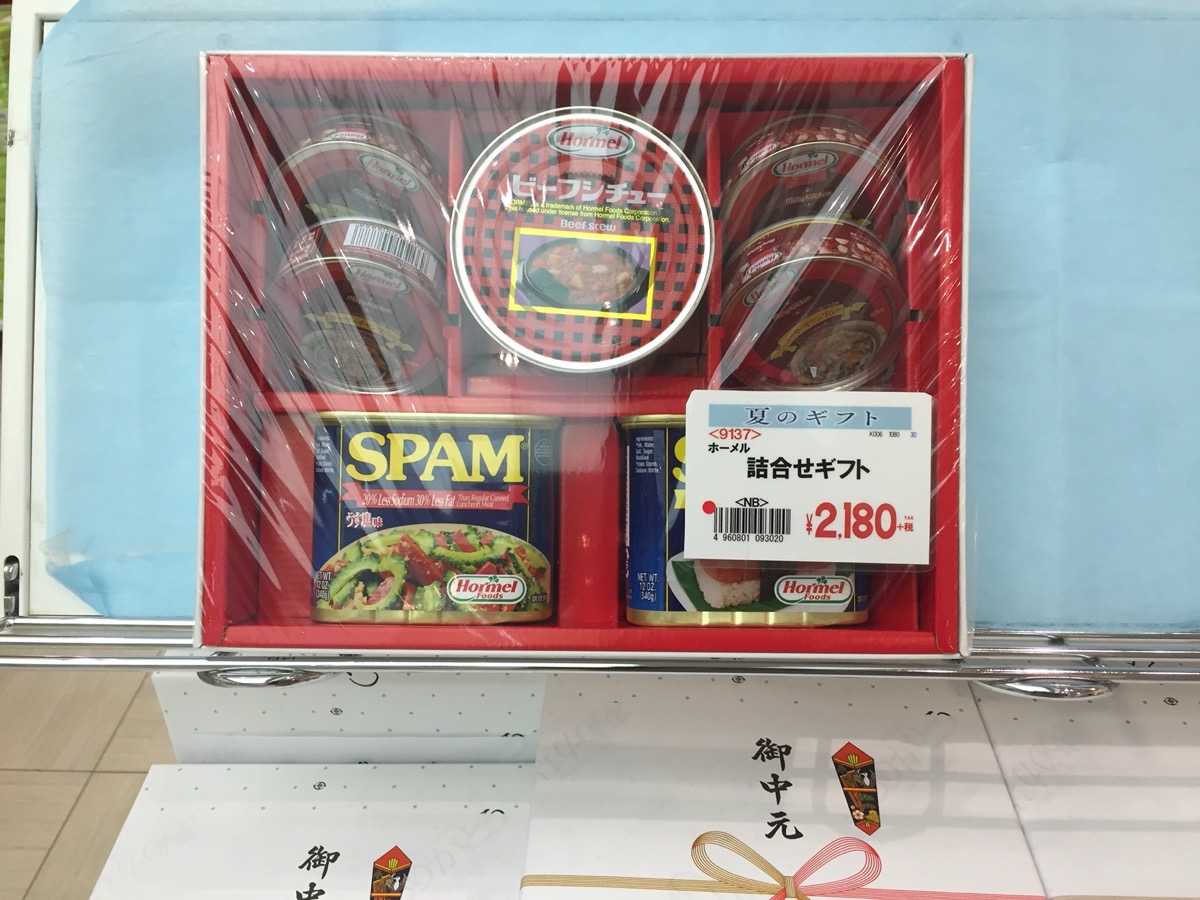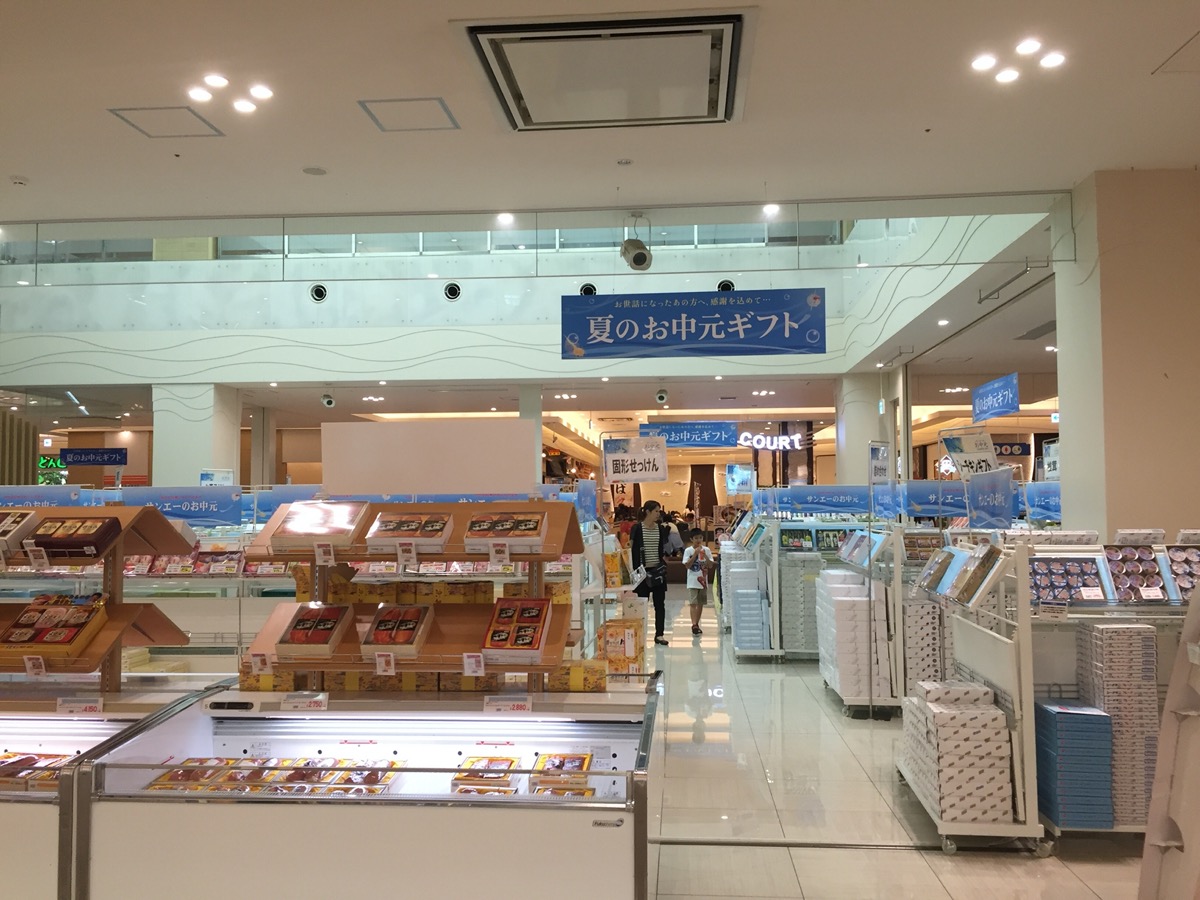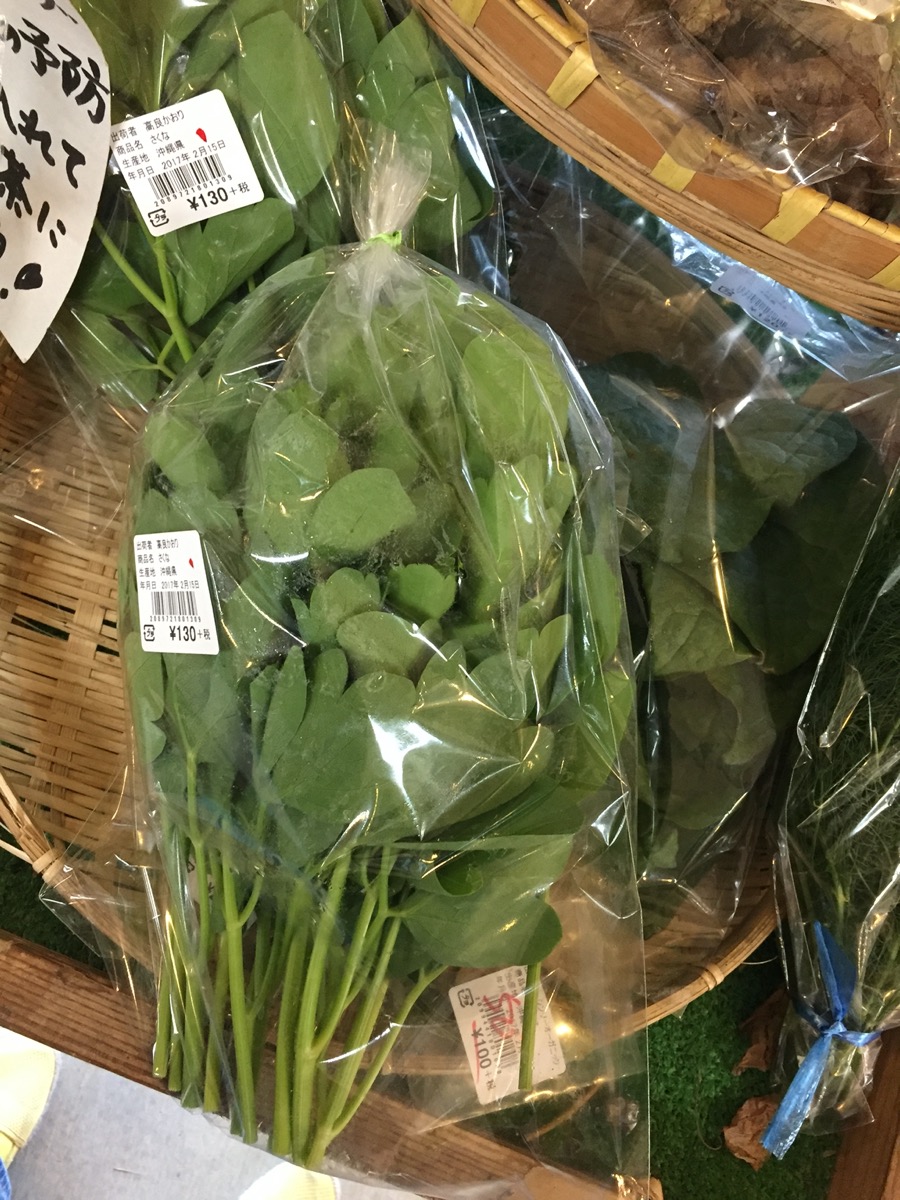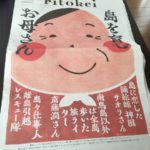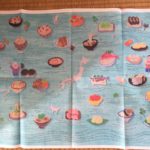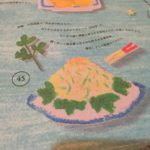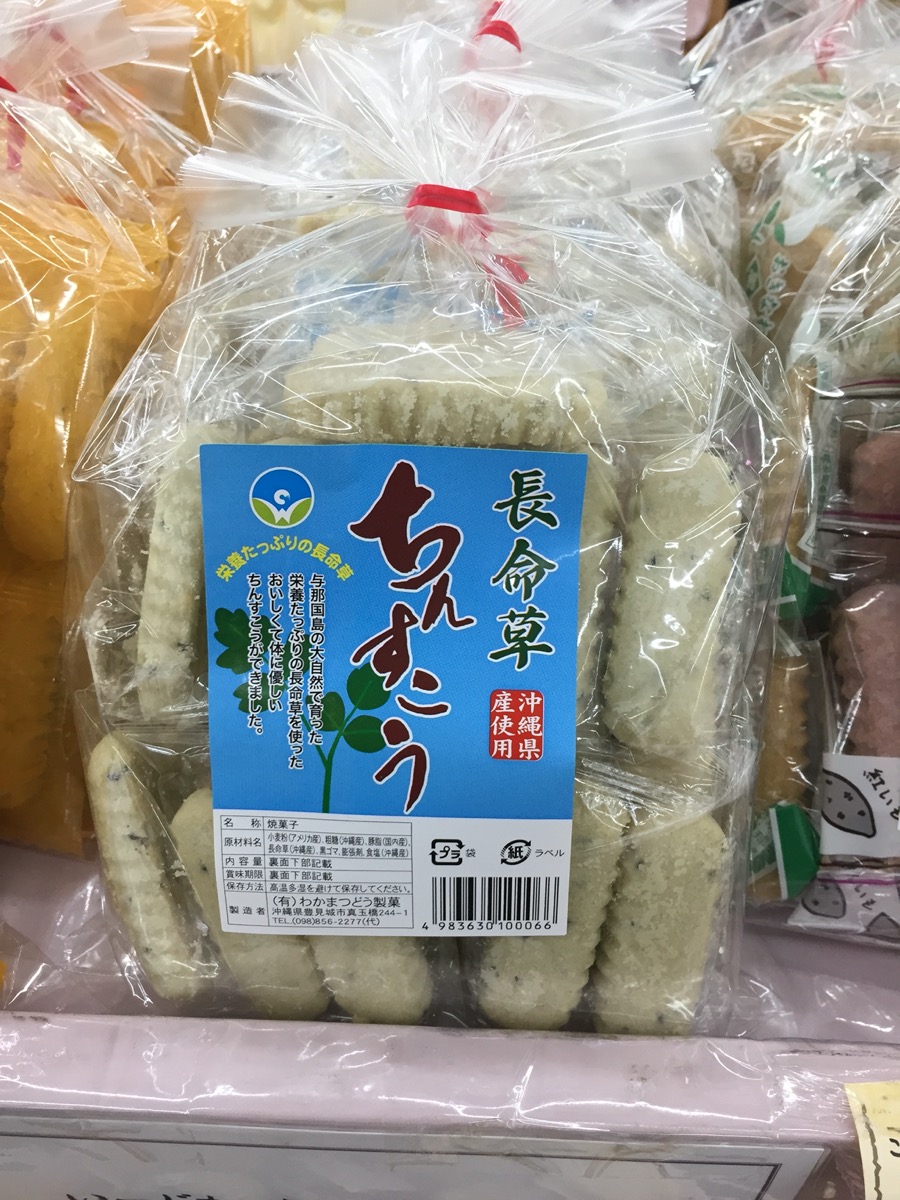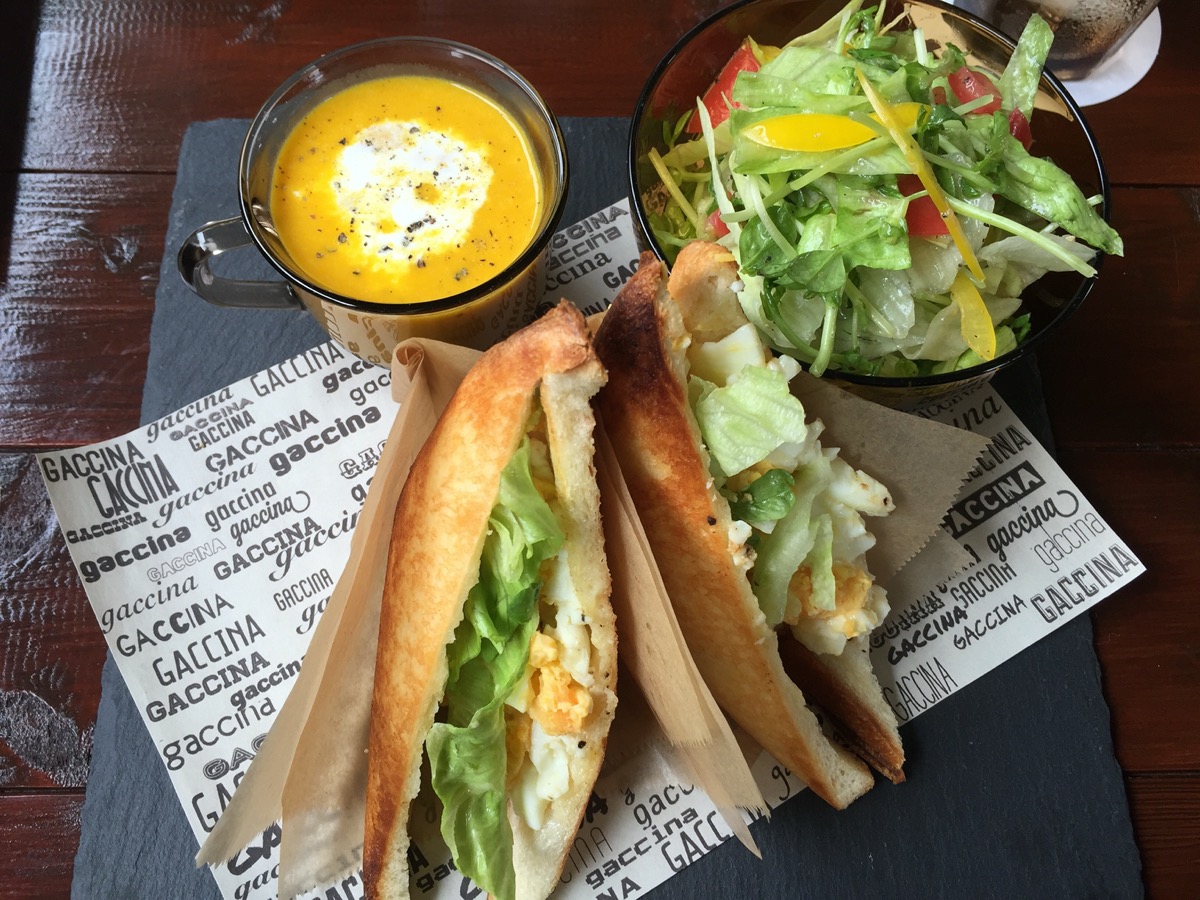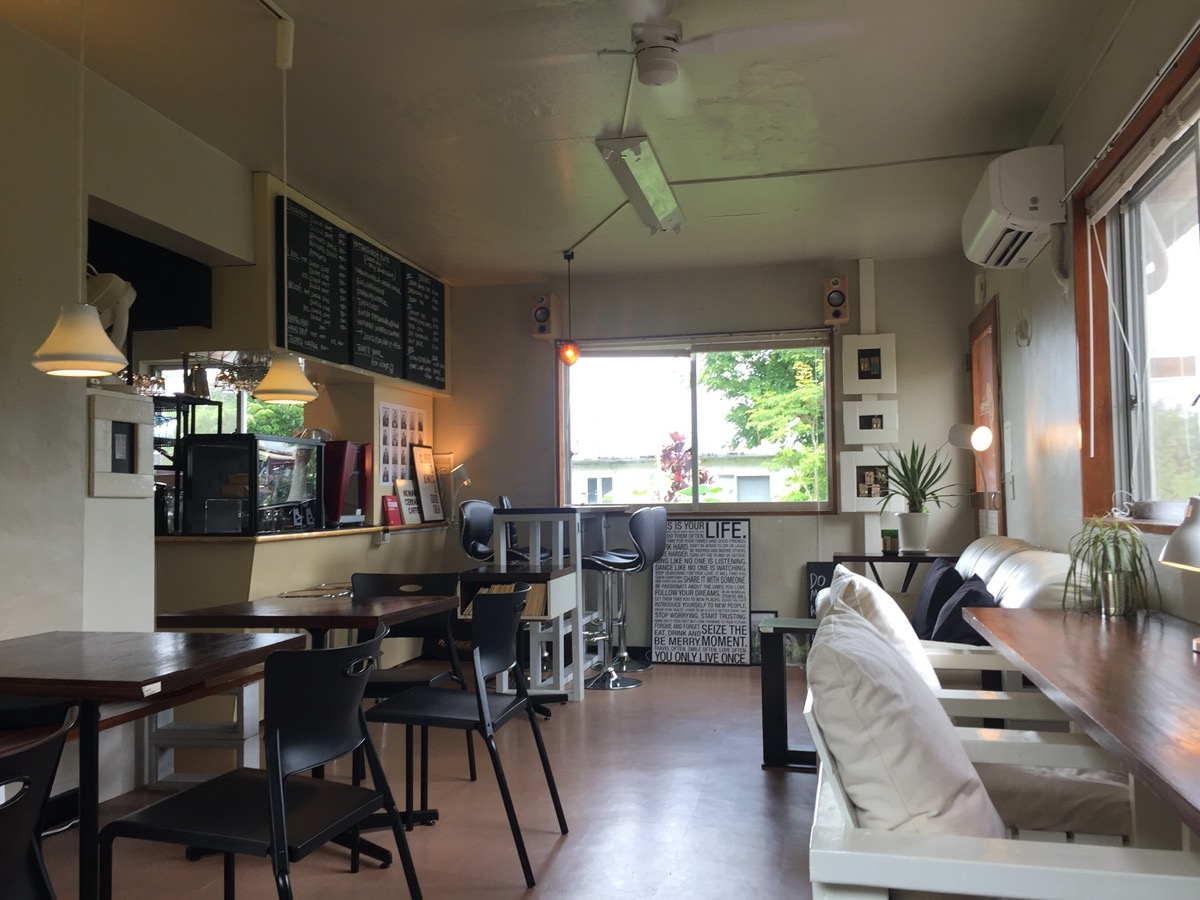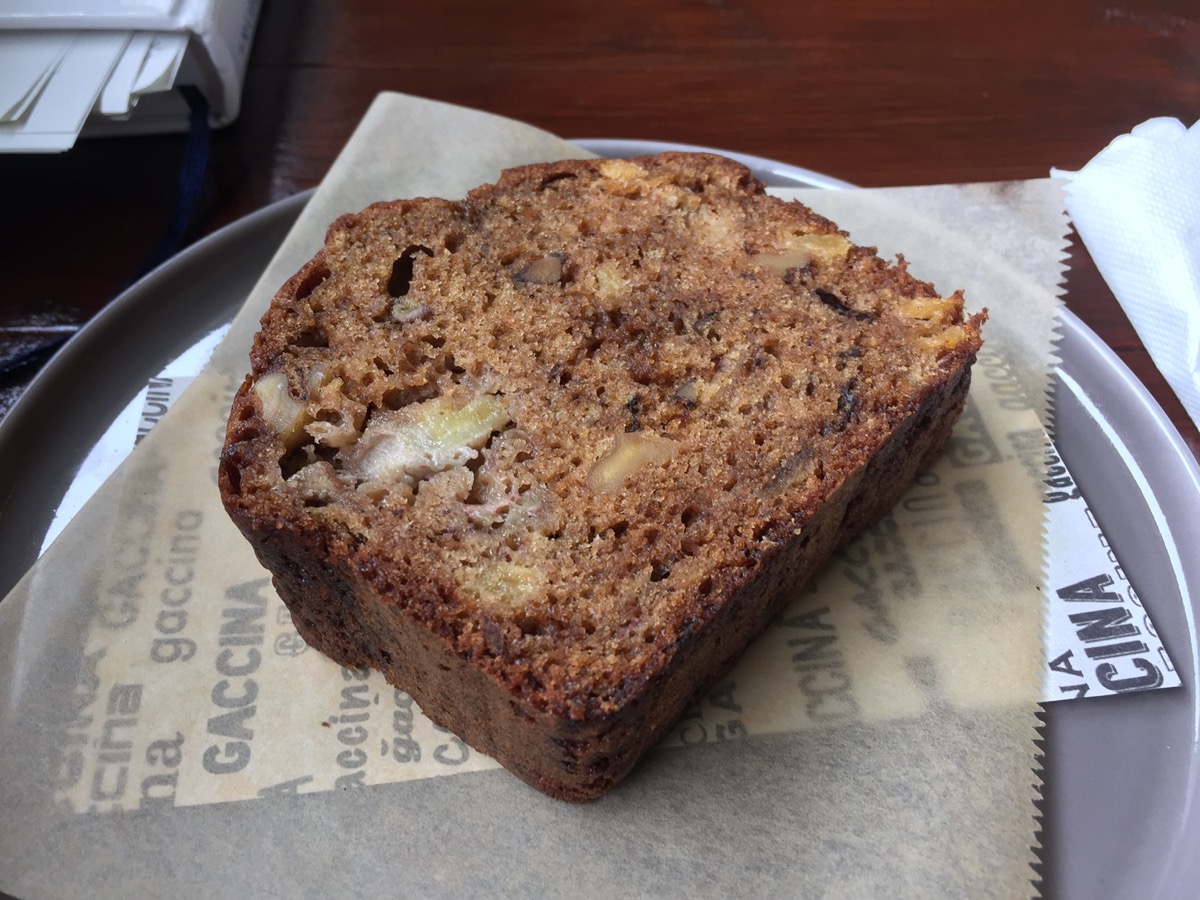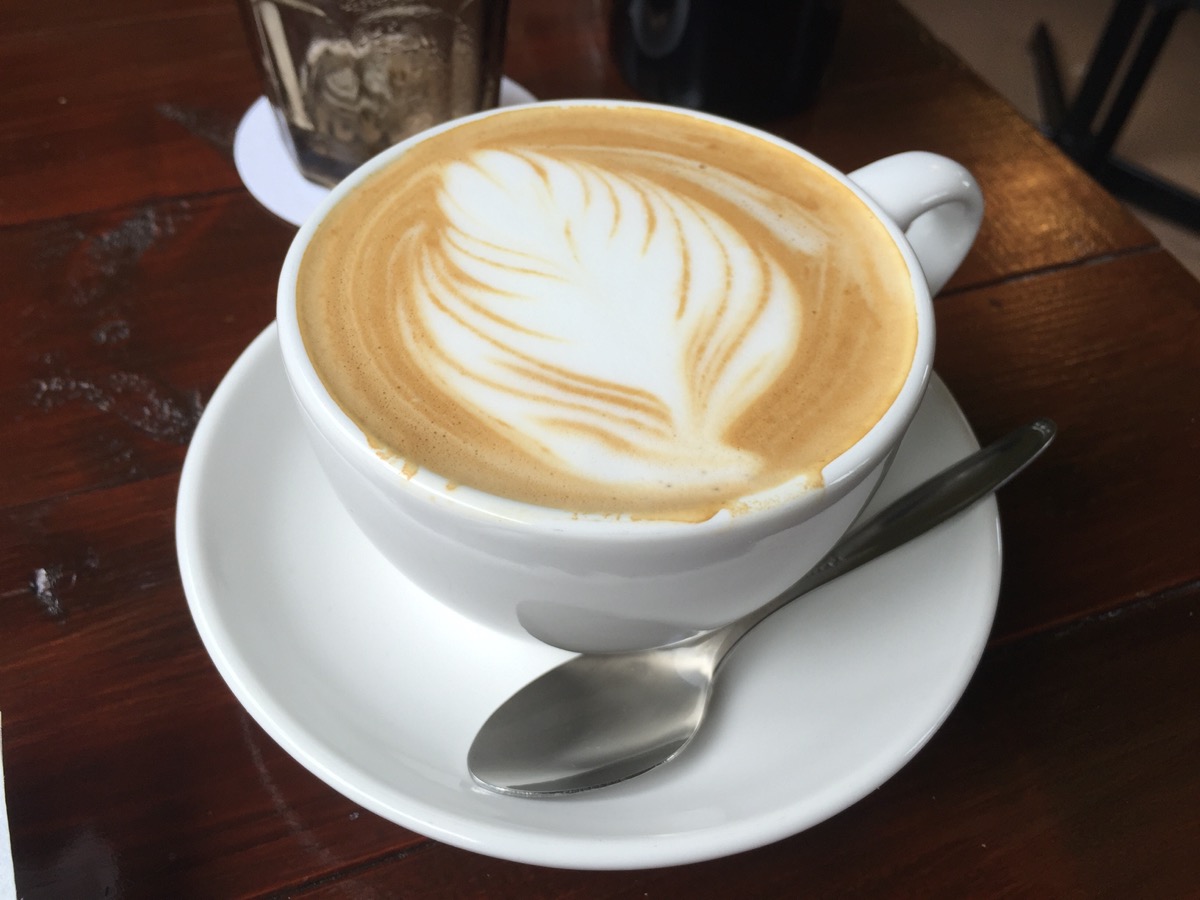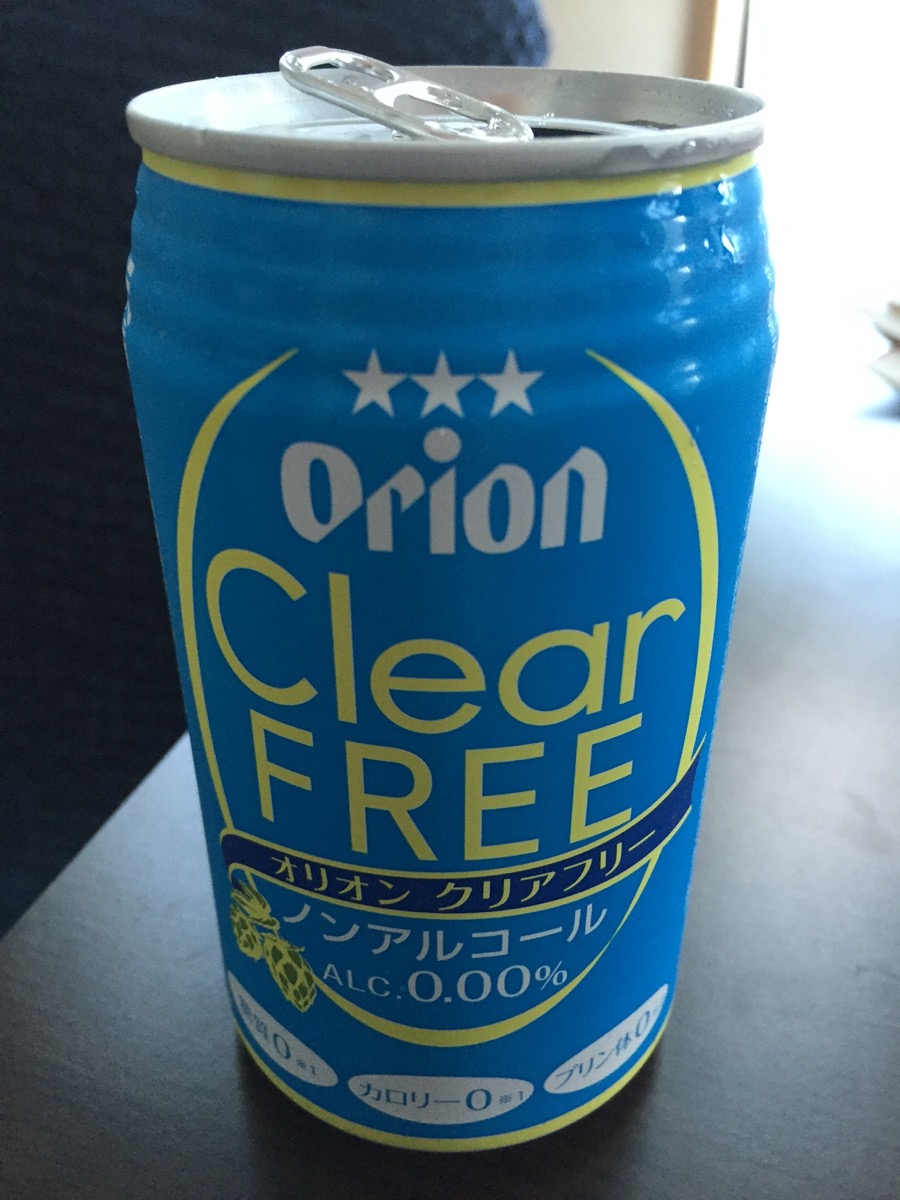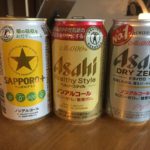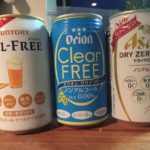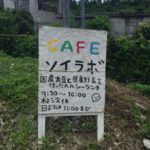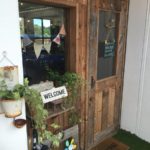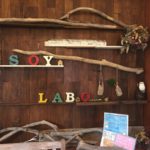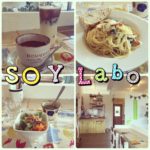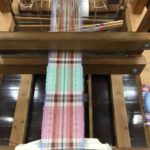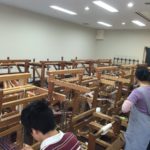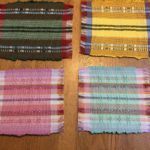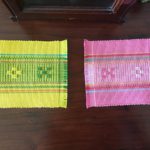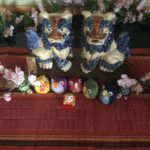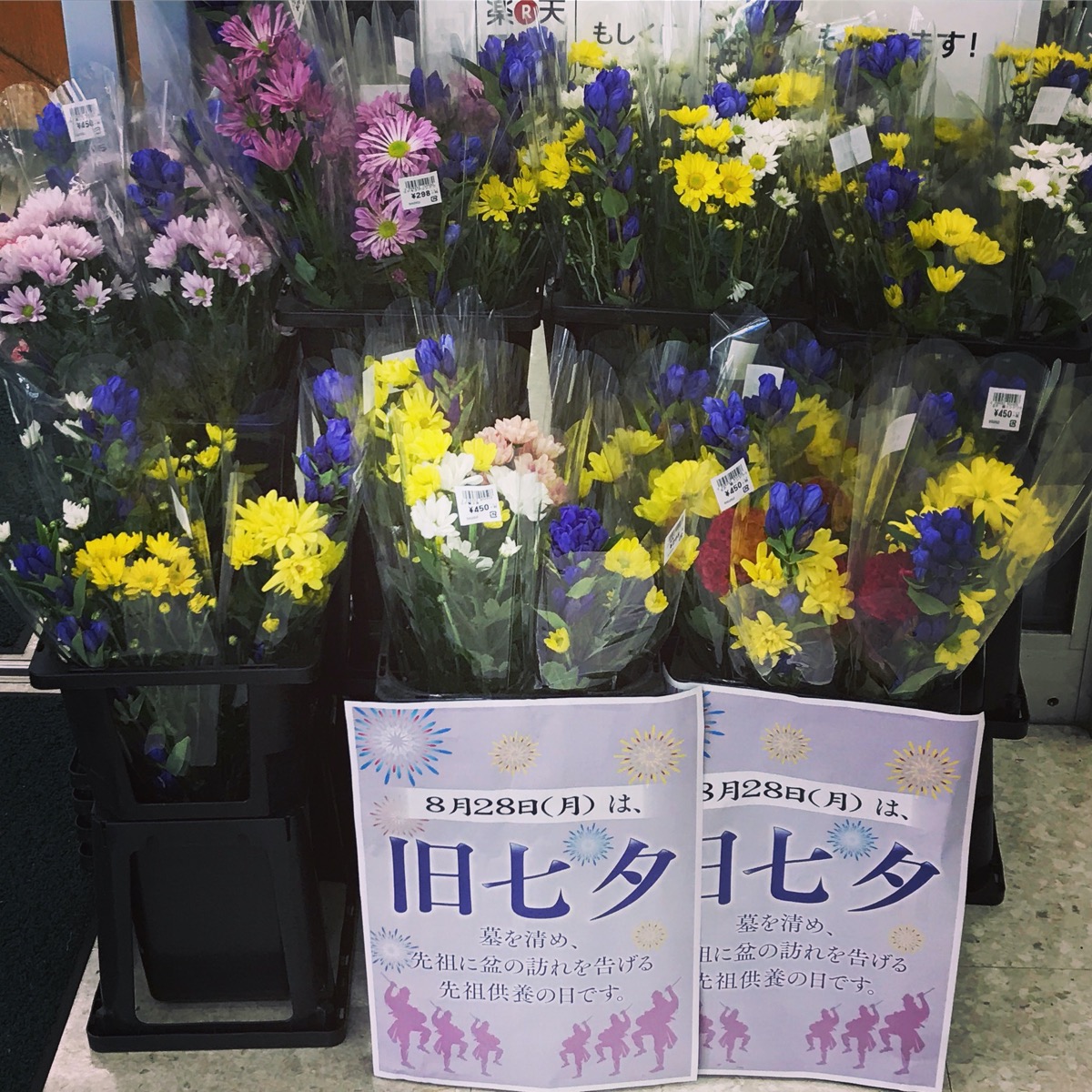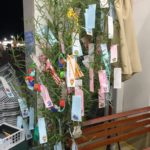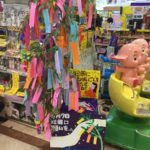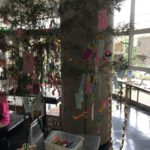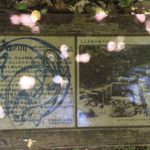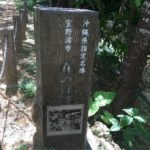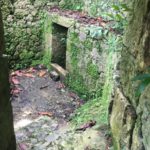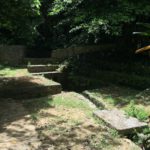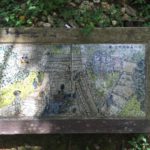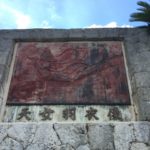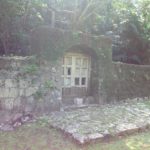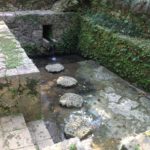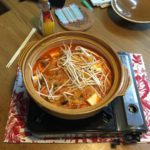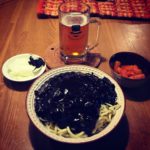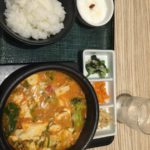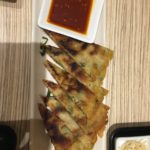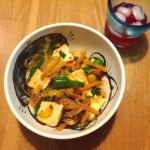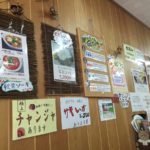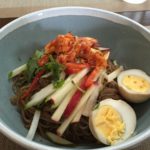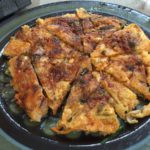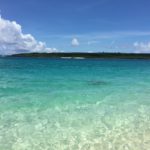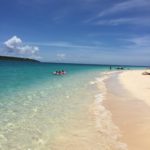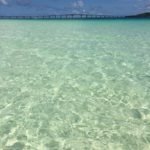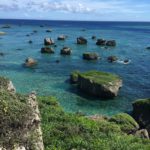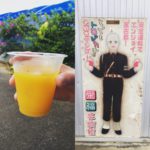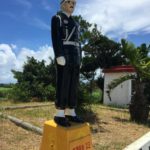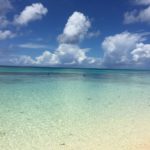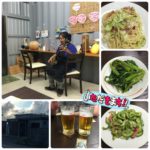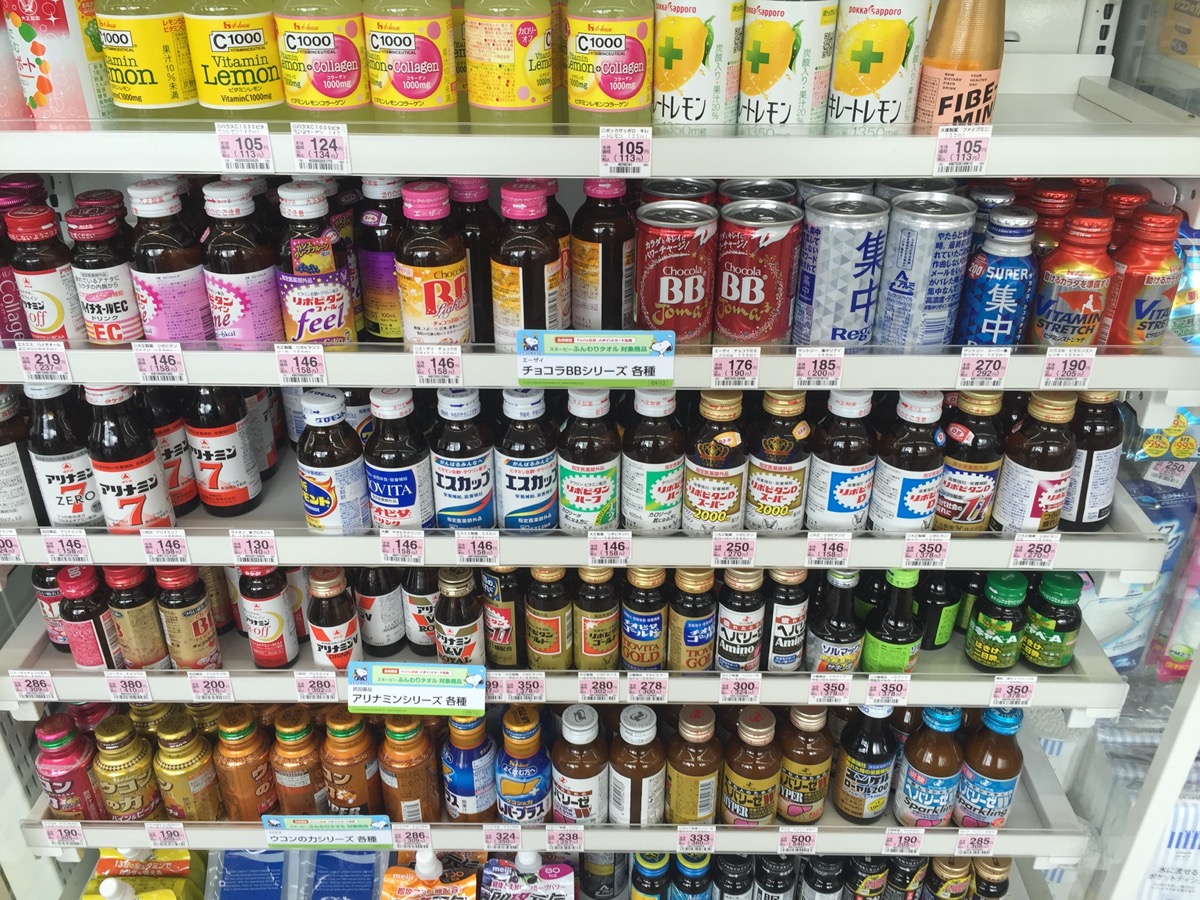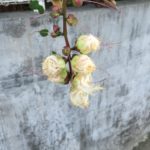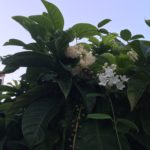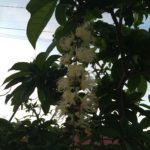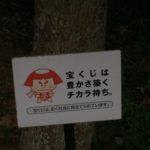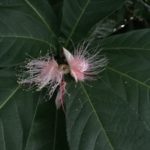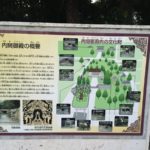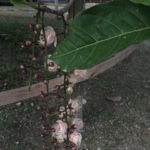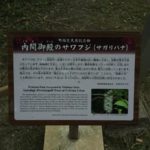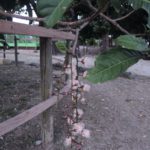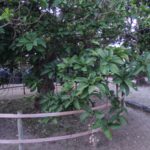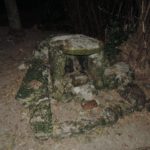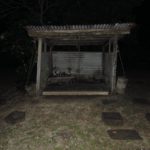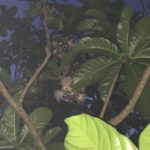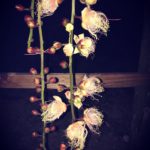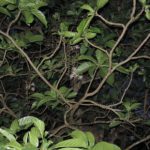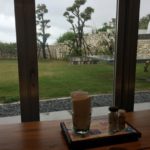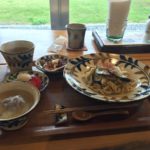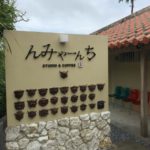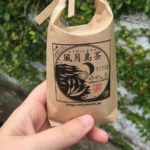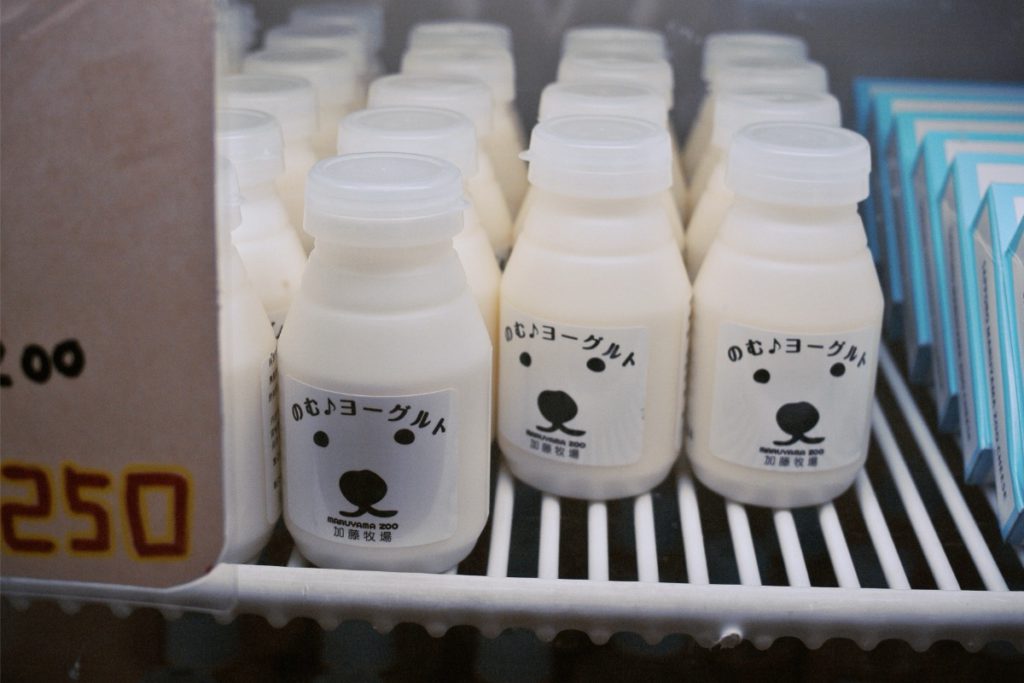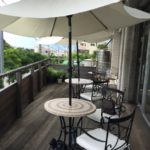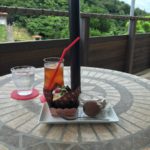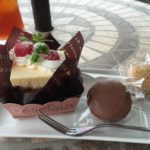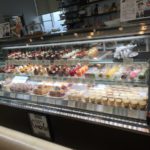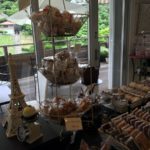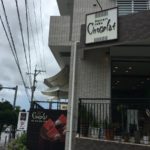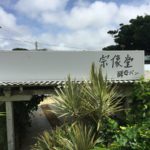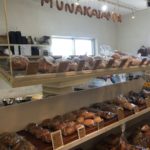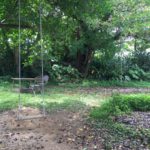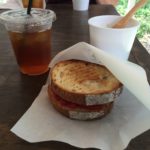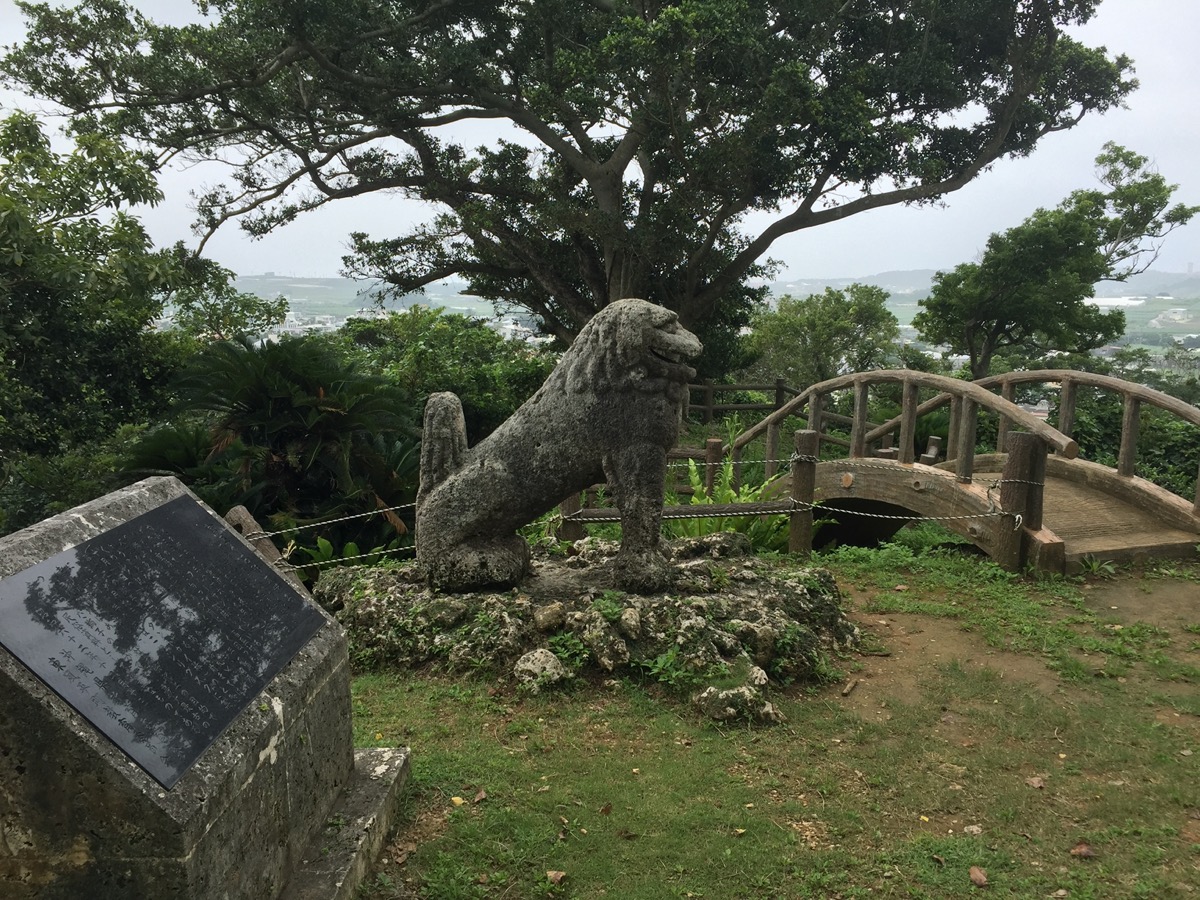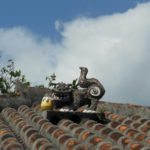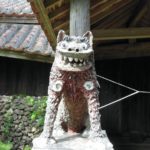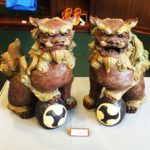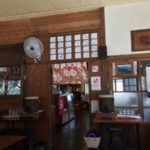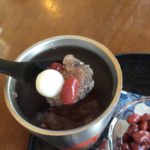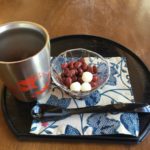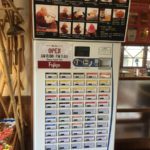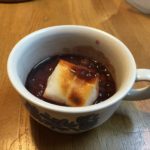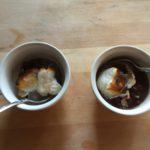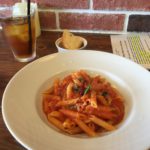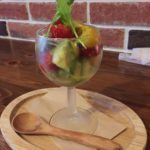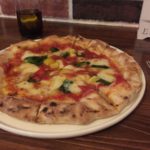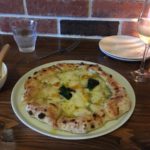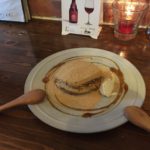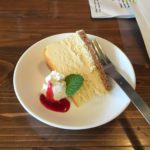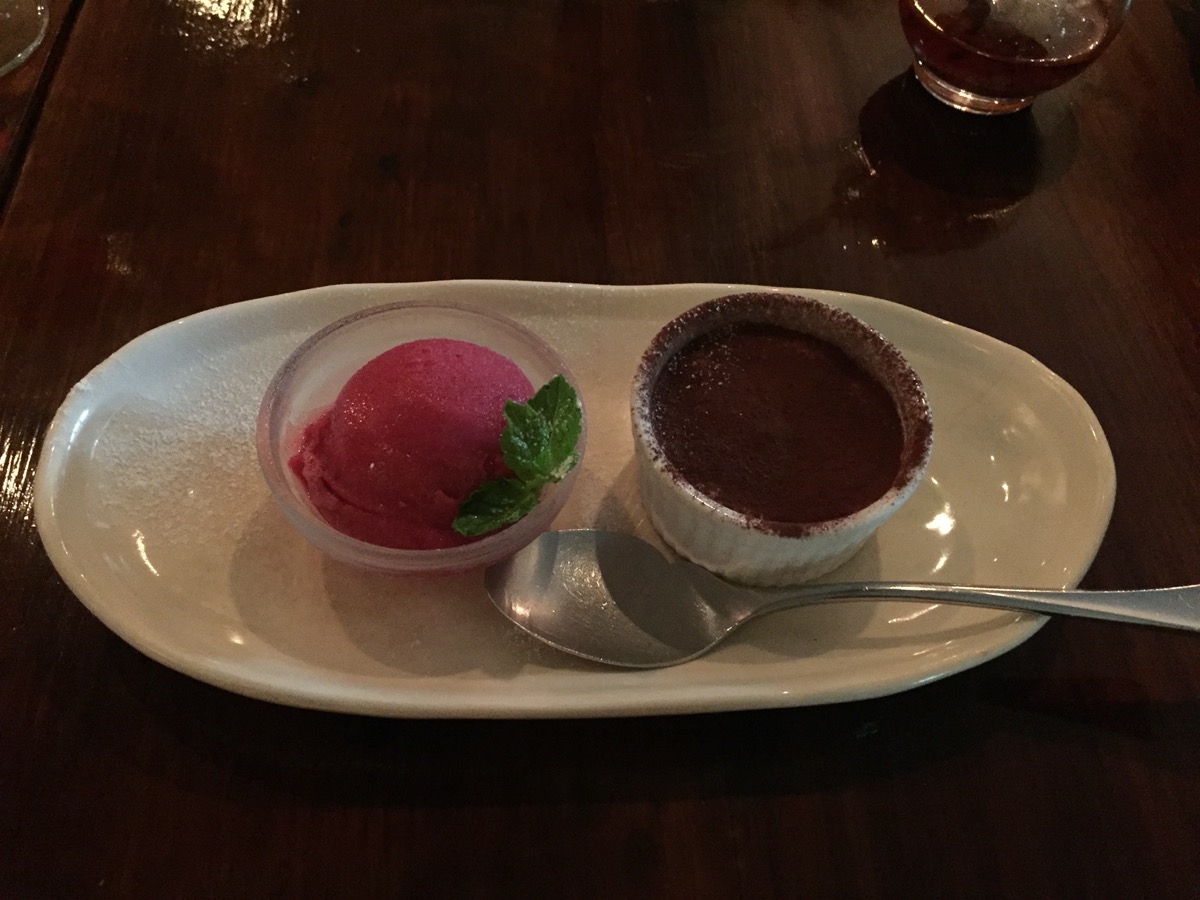For Umi-no-hi (Ocean Day, a public holiday in Japan) 海の日, I took a trip to Hakone 箱根, a mountainous area outside of Tokyo (~1.5 hours or so). It is an area, where if the weather were to be clear, you can get beautiful views of Mt Fuji (富士山). Alas, the weather was a bit overcast and there was some fog, so no Mt Fuji viewing for us. At first I was a bit disappointed, but then I realized that the overcast weather was actually perfect for walking around– it was so cool and refreshing in the mountains, but when the sun comes out it gets hot and muggy, the clouds blocking the sun were really nice. So it was a good trip nonetheless.
From Okinawa, I flew into Haneda airport, where I caught the Keikyu line and transferred at Shinagawa station to the Yamamoto line, getting off at Shinjuku station. At Shinjuku, I bought the “Hakone Free Pass,” which basically covers all your transportation for the rest of the trip! It is a great deal (you actually save a lot of money), and makes travel super easy. I saw some tourists paying individual fares at each bus, train, cable car, gondola, etc, but those costs add up fast. The Hakone free pass pays for itself with just one round trip course to, from, and around Hakone, let alone if you wander around more. So, if you decide to take a trip to Hakone yourself, I suggest you check out the free pass.
To get from Shinjuku to Hakone, I took the Odakyu Romance Car, which I reserved a month in advance online. I was able to get a seat at the very back (front?) of the rear observation car so I got a great view out the rear-facing window. I sat next to grandparents and their grandchild, and we chatted a bit, and of course they wanted pictures with me. As soon as the train started moving, all the families started breaking out the bento and beers; the very image of train travel in Japan. The food trolley came by and I got the snack set with iced green tea… the first thing I had to eat all day. The train wound through the city and then the countryside, until we reached Odawara. Many people got off at this stop (including my new friends), so we said our goodbyes. The train continued to Hakone-yumoto station, the last stop.
At Hakone-yumoto station, it was time for lunch so before continuing on the rest of my journey to the hotel I booked by Lake Ashi, I shoved my suitcase in a coin locker and decided to explore for a bit. The town around the station is not very big, and obviously somewhat touristy, but it was cute and nice.
Since one of the things to eat in Hakone is soba, I decided to try the soba shop on the 3rd floor of one of the manjuu buildings; it was very modern and clean looking inside. I decided to make it easy and ordered the fuku-buku set 福福セット which was the recommended number one lunch. How can I go wrong with the recommended set, after all it was zaru soba (cold dipping soba)? It was excellent, so I am glad to have made that choice. Plus it came with momen tofu and azuki jelly, and some other small bits on the side. The shop lady complimented me on my Japanese, as I suppose being in a tourist area, it is not often you see many foreigners speaking much Japanese. After the meal, lunch comes with a free manjuu. Manjuu is another important food for Hakone, especially since it is an onsen area.
After lunch and a bit of looking, I figured it was time to head the rest of the way to my final destination. From here, you can take either the bus or the sightseeing train up the mountain. I chose the sightseeing train, where I would need to later switch to a cablecar and then either a bus or gondola. The sightseeing train was cute, but rather crowded. It takes you through beautiful greenery, and even the hydrangea (あじさい ajisai in Japanese) were still in bloom. It has 2 switchbacks, so the trip is not so short. At Gora station, it was time to change to the cable car tram up the mountain (again, you could take the bus from here). So onto the cable car, again somewhat crowded, although quaint. At the top station, I decided to wait until my husband joined me the next day to take the gondola, and ended up on the bus up towards my hotel. At this point, it had been a rather long day, so I checked in and went up to my room on the 5th floor. There was a gorgeous view of where Mt Fuji would be if the clouds cleared. After settling in a bit, I decided to take a bath in the hotel onsen to relax, so I changed into the yukata in my room. The onsen in the hotel was small but nice after a long day of traveling.
After a refreshing bath, I realized I forgot to stop at a store and buy snacks/drinks for the room, so I decided to walk partway down the mountain to the Lawson ~1.5 km away. It was a healthy walk, but all down hill; I caught the bus coming back up (covered by my free pass!). I noticed later that I was not the only one in my hotel that made a Lawson stop. I was lucky to find craft beers made in Hakone (Pilsner, Pale Ale, and Red Ale varieties); although I discovered the next day that there are a few more craft beer breweries in Hakone (maybe we need to take another trip and visit all of these…). My husband arrived and it was already dark, so we drank and ate instant ramen in the room, ending our first day.
I will continue the trip to Hakone in second post. More soba and manjuu to come!
Link to more pictures: Hakone Pictures
Link to Part II of Hakone travel: Hakone travel, part II: 箱根
Part III: Hakone trip, part III: 箱根
